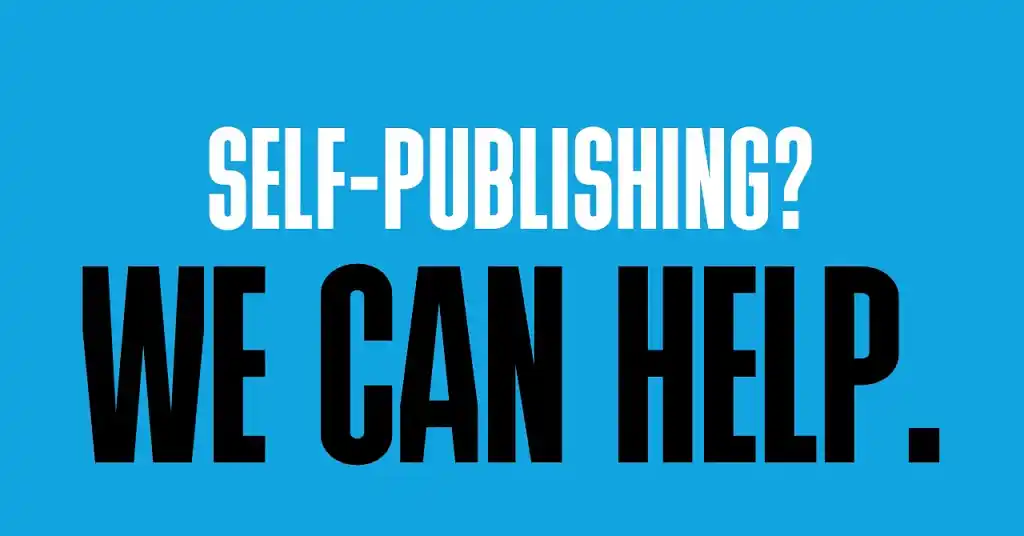Guides • Understanding Publishing
Last updated on Oct 15, 2025
How to Self-Publish a Romance Novel: Love is in the Air
Martin Cavannagh
Head of Content at Reedsy, Martin has spent over eight years helping writers turn their ambitions into reality. As a voice in the indie publishing space, he has written for a number of outlets and spoken at conferences, including the 2024 Writers Summit at the London Book Fair.
View profile →If you’ve got into the swing of writing romance fiction, don’t hide your light under a bushel. Legions of romance readers are waiting to find their next favorite author, so do them a favor and get your book out there.
But don’t just wait for traditional publishers to come a-knocking. Some of the most popular romance novelists have found their success through self-publishing, and it’s something that any good romance writer can emulate. In this part of our guide, we’ll show you how to do it.
How to self-publish a romance novel:
1. Edit and polish your pulse-raising manuscript
“When I first started publishing, I was trying to self-edit to save some money,” says USA Today bestselling author Shaw Hart, who has since published dozens of titles across various romance subgenres. “Now I have an editor and a proofreader, and I don’t know what I would do without them!”
This is advice we give to all authors. Even with a premium Grammarly subscription, there’s no substitute for working with a professional editor.
For one, an editor is there to help you shape your manuscript into its best form and provide your reader with a seamless, enjoyable experience. The last thing a reader would want to see in a scene of high romance is a litany of missing words, typos, and over-long descriptions of the ceiling fan.
But that’s just the tip of the iceberg of what an editor can do for your manuscript.
An editor will know the expectations of the market/genre
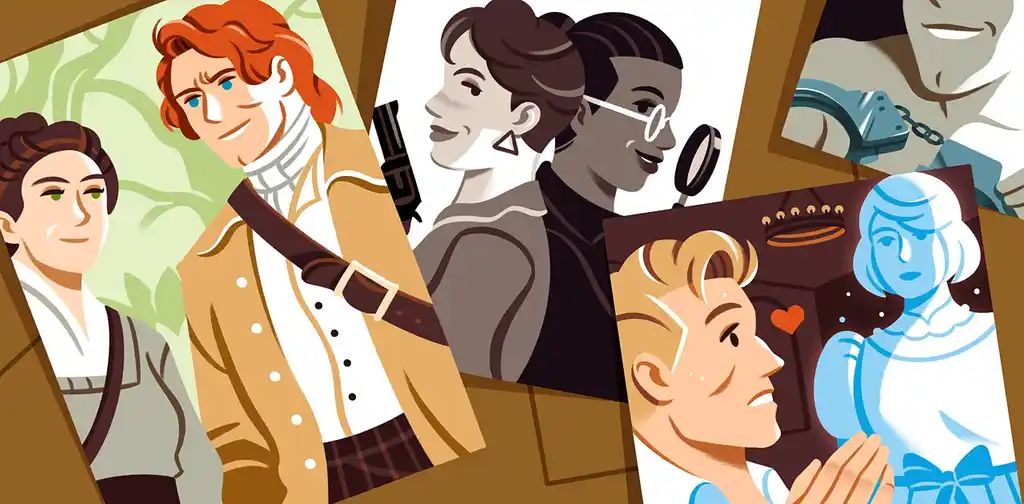
Another crucial thing a romance editor brings to the table is their understanding of the romance book market and its subgenres. In particular, they’ll know which tropes readers of your subgenre will expect — tropes that, according to romance editor Jennifer Safrey, are sometimes non-negotiable.
“The editor has seen all the tropes and seen many variations and subversions of those tropes. They've seen what works for readers, and they have a good sense of what doesn't work.
“Suppose an author tells me, ‘I'm going to give a BIG plot twist to readers: the hero is going to die at the end! No happily ever after! Isn't that an amazing idea? Readers won't see that coming.’ It’s my job to kindly tell them that doing that will likely torpedo their career before it gets off the ground.”
Read more about the world of romance novels in our complete guide.
They can help you appeal to a broader audience
While there’s much to be gained from honing in on a narrow niche, editor Mary-Theresa Hussey — having worked with many successful romance authors for 25 years — knows the danger of going too niche.
“When telling a specific story, a narrow appeal may gain readers who love that trope, but the story isn't right for anyone beyond. By going too wide, an author may lose the sense of ‘specialness’ that lets the reader identify with the story. An experienced editor can help you weave the difference between the two.”
So if you’re open to your niche romance title becoming the next Fifty Shades-style crossover hit, an editor can certainly help.
Q: How explicit (or "spicy") can and should the romantic or sexual content be in a self-published romance novel?
Suggested answer
As much or as little as you're comfortable with! There are all levels of heat in self-published romance novels, from sweet to spicy.
Just make sure you hint to your reader which you are--through your cover and the way you describe your book--so you draw in the audience that's looking for your exact heat level!
Michelle is available to hire on Reedsy ⏺
What a loaded question.
First and foremost, spice needs to match the overall tone of both the book and the characterization. More frequently than what I'd like to see, are books that float along in one tone -- usually contemporary snark and humor -- and we hit the bedroom, and now we are all hardcore and pushing boundaries. A change like that comes out of the blue and feels jarring without the proper set-up in characterization.
As long as the tone matches, then the level of spice reverts to author comfort. Generally there are three heat levels: sweet, spicy, erotic. Sometimes "sensual" falls between sweet and spicy. But you can further break it down into three types of bedroom scenarios: closed door, fully consummated, or erotic and fetish.
One trend I see regularly in romance novels that I think needs to be discussed: writing to market cliches.
Authors have a perception of the market they are writing in, and most have read what they are writing. The trouble zone is when authors are forcing a book to expectations that don't fit the story line or characters. I see this in cliche lines in the bedroom. (I'm so trying to be g-rated here!) In fact, those lines now pop out to me jarringly. Things characters say (or do!) that don't match the personality they have been given, that are total reader-bait, because another / other books in the genre have effectively used them. Those lines... don't have the power, oomph, or impact behind them if they don't match the characters. Period.
Let's see if I can exemplify a little more while staying PG-13.
Your hero isn't any more sexy or compelling because he tells the heroine what to do at a critical moment in the bedroom. What has made that line work in other novels and makes readers swoon, is the overall characterization for the hero and between the couple. If that overall characterization isn't present, the line stands out as out of place and as the author intruding on the scene.
So I can't emphasize enough that what you "should" do follows the way the entire story line is developed. If you want to write erotic content, then that needs to be established via characterization and narrative long before the sexy times come into play. You create your readership. Your readers come to your stories because they like what you write. And you should always write what makes you comfortable, regardless of what heat level is involved.
Claire is available to hire on Reedsy ⏺
Find whatever works best for you
As you build up your experience and start publishing series — more on that later — you’re bound to find an editing process that best fits your needs.
Elle Thorpe is a prolific romance writer whose books range from contemporary to dark “reverse harem” romance (where multiple men are vying for one woman). Instead of working with a developmental editor on each of her books, she relies on feedback partner and trusted beta readers (more here) for her structural feedback.
“I like having both a reader’s and writer’s perspective at this point. My critique partner knows I can handle her opinion, so she doesn't hold back. After I make my critique partner and beta reader changes, it goes to my line editor and eventually my proofreader.”
If you want to work with an experienced professional like Beth Attwood, who edited Elle Thorpe’s Talk Dirty, Cowboy, sign up for a free account on Reedsy and start browsing.
And learn more about line editing here.
Hire a romance editor on Reedsy
Laura B.
Available to hire
I’m passionate about helping authors get their books to publication standard. I focus on genre fiction, mainly romance and crime, and memoir
Judi W.
Available to hire
I worked as an assistant editor at Entangled Publishing and Tobias Lit Agency with award-winning authors. I specialize in YA, MG, and adult.
Ellen T.
Available to hire
CAREER COPY EDITOR/PROOFREADER, 25+ YEARS’ EXPERIENCE. Fiction, nonfiction, screenplays. Worked for Kirkus/CreateSpace, Scholastic + more.
Once your romance masterpiece is edited and polished to perfection, it’s time to treat it to a makeover. [Cue montage: a book tries on various dust jackets in front of a mirror, while its friend reacts humorously]
2. Get a cover design that inspires love at first sight
As we’ve already mentioned, readers in the romance market are always looking for new books in their favorite subgenres. If you want your target readers to pick your book out from all the other fish in the sea, your cover must instantly communicate your book’s genre and central tropes.
Here are some ways to ensure that your book dresses to impress:
Research your genre
This may seem obvious, but one of the most common reasons a self-published book doesn’t sell is that the author hasn’t done enough market research. And this can be particularly detrimental to cover design. So before you hire a professional designer (or take a chance with a DIY cover), search the kindle store for books in your particular niche.
Pay close attention to the specific imagery other successful authors have employed, and use them as inspiration, as Elle Thorpe did. “My small-town romances will always have a cowboy on the cover. I make sure they all have hats on — for me, just having them in jeans and a plaid shirt isn't obvious enough.
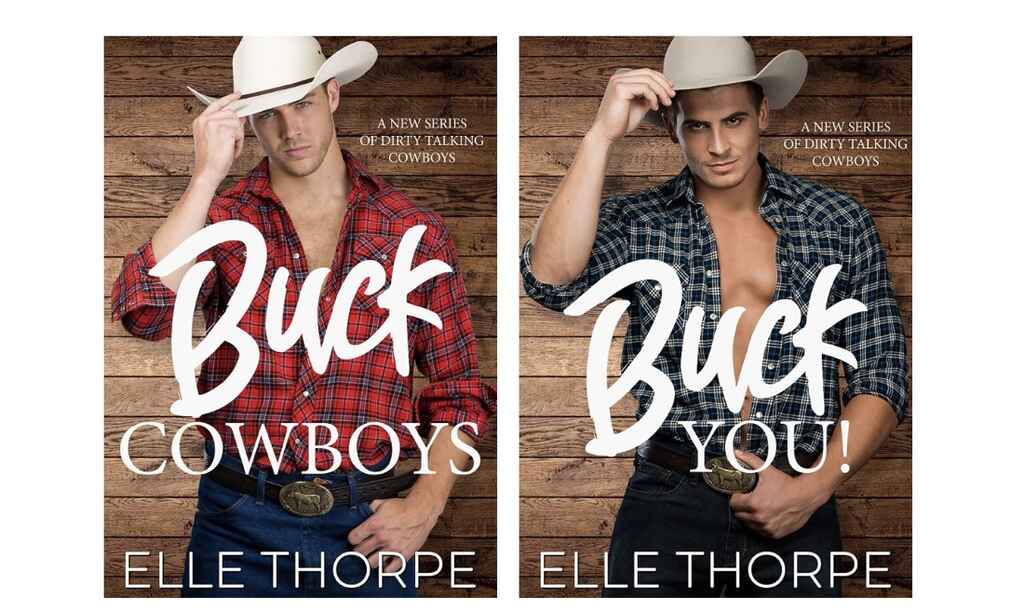
“With my darker romances, I looked at what the market was doing when I first started publishing them. Back then, it was all man chests, which I continue to use on my covers — because they sell!”
Make sure you've done your market research with this checklist.
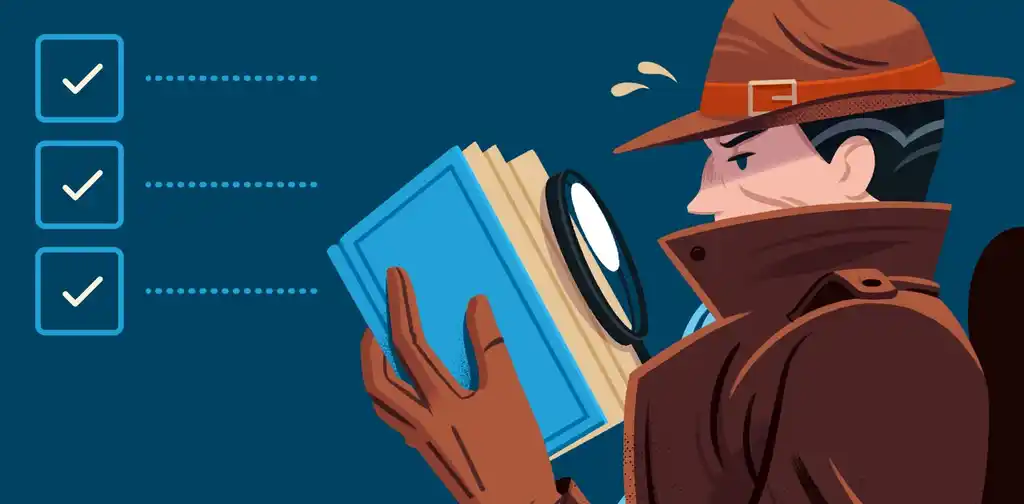
FREE RESOURCE
Market Research Checklist
Find your ultimate target audience with our checklist.
Hire a professional for the best chance at success
Get your cover right the first time around. If you launch your book with a design that's targeted at the wrong niche or — heaven forbid — ugly as hell, you’ll miss out on many potential readers. Worse still, if your cover screams ‘amateur,’ you risk damaging your brand as a writer. (You could give yourself some wiggle room with a carefully chosen nom de plume, though you probably shouldn’t risk it).
This is all to say that you may want to hire a professional designer. With their experience and expertise, they can:
- Help you find imagery that communicates your genre;
- Lay out the title and author name, so everything inspires confidence;
- Establish a visual brand identity that you can carry over into sequels and spinoffs.
🎨Want to develop a stunning visual brand as an author? Check out this article about how Lara Coates enlisted a Reedsy designer to help establish hers.
Hiring a professional designer is less expensive than many first-time authors fear, with a single ebook cover sometimes starting at just a few hundred dollars. And don’t forget, your cover design is a marketing asset you’ll use over and over — on social media, advertising, and newsletters — so don’t sell yourself short.
Get your romance novel the jacket it deserves
Gene M.
Available to hire
Full-service design studio specializing in cover design and branding for Fiction and Non- Fiction titles
Madli S.
Available to hire
Professional Book Cover Illustrator with great passion for visual storytelling based around character art and nature inspired illustrations.
Jennifer S.
Available to hire
I have 23+ years of experience in the publishing industry, creating book designs for authors and major publishing companies!
Format your book
 Of course, good design is more than skin deep. Make sure your book’s interiors are as beautiful as the cover by formatting it to industry standards. Where in the past you would have to hire a professional or learn how to use complex software to typeset your book, it’s much more straightforward these days.
Of course, good design is more than skin deep. Make sure your book’s interiors are as beautiful as the cover by formatting it to industry standards. Where in the past you would have to hire a professional or learn how to use complex software to typeset your book, it’s much more straightforward these days.
Reedsy Studio is a free tool to format your book to professional-grade ebook and print standards. Just import your manuscript from MS Word or any other word processor, choose a theme (there's one just for romance titles), and upload your cover. Voilà — your book is dolled up and ready to impress your awaiting readers.
Learn more about Reedsy Studio.
Now, let’s set up shop.
3. Load it up on Amazon (and maybe other retailers).
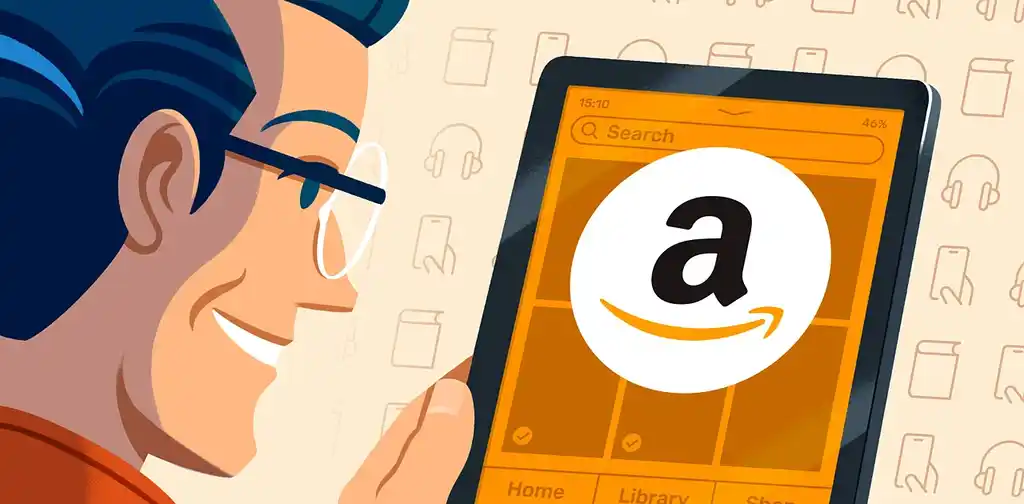 Note: While many romance fans enjoy paperback books, most are prodigious ebook readers. For this reason, our guide will focus on digital sales.
Note: While many romance fans enjoy paperback books, most are prodigious ebook readers. For this reason, our guide will focus on digital sales.
It’s common for indie authors to go ‘wide’ — meaning that they sell and distribute their ebooks through various retailers, including Amazon, Barnes & Noble, Apple, and Kobo. While going wide will see your book sold in more online stores, many romance authors will sell exclusively through Amazon to qualify for Kindle Unlimited (KU). This is Amazon’s all-you-can-read subscription service.
“Kindle Unlimited is great for new authors,” says Elle Thorpe. “You only have to upload to one retailer, and readers are more likely to give you a go when they can download your book for ‘free’. Some genres are very Kindle Unlimited heavy — reverse harem being one of them. I can’t see myself ever taking them off KU.”
KU pays authors based on how often their book has been read (or borrowed) in a month. While the payout for each KU ‘read’ is significantly less than what you might earn for selling an ebook, the numbers can quickly add up. And don’t forget: if you can win over a fan with a ‘free’ book, there’s a chance you can get them to pay for your next one.
💡 Top Tip: Always include a link in your book’s back matter that encourages readers to buy your next book or sign up for your newsletter.
Going wide with romance
One of the benefits of selling exclusively with Amazon, as we’ve already alluded to, is that you don’t have to deal with the trouble of maintaining accounts on multiple retailers. This work takes time and can pull you away from writing your next book. For Theodora Taylor, author of dozens of hot romance novels and the nonfiction title 7 Figure Fiction, ‘going wide’ was not something she considered until she started working with assistants.
“For me, it was easier to stick with Kindle Unlimited until I had a support system in place — that took about ten years. But after I went wide, I put my books everywhere, and all those stores add up.”
With a better idea of how to get your book into stores, let’s figure out how to sweet-talk new readers into adding it to their shelves.
4. Write a swoon-worthy book description
“My book description sells the book, so I put more thought into that than anything else,” says Taylor. “As a reader, I often can’t be bothered to read the sample and will one-click a book based on a great blurb — so I assume other busy readers do the same.”
We have a detailed guide to writing book descriptions that sell, but here are some pointers that apply particularly to romance.
Get that one-click
One-clicking is the lifeblood of KU authors. Instead of weighing up whether they want to pay five bucks for a book, subscribers can tap the ‘Read for $0.00’ button and add it to their library for no extra charge.
With an emphasis on getting that one-click, authors like Elle Thorpe aim to make an immediate impact. “I focus on a really strong opening hook, making sure my tropes are obvious. There’s no room for fluff in a blurb, especially for the first book in a series.”
Indeed, this aversion to fluff is even more important since only the first few lines of a blurb are visible to users when they land on your Amazon page. Assuming that a good chunk of readers don’t click the ‘Read more’ button before they decide to one-click your book, those opening sentences need to grab readers by the collar.
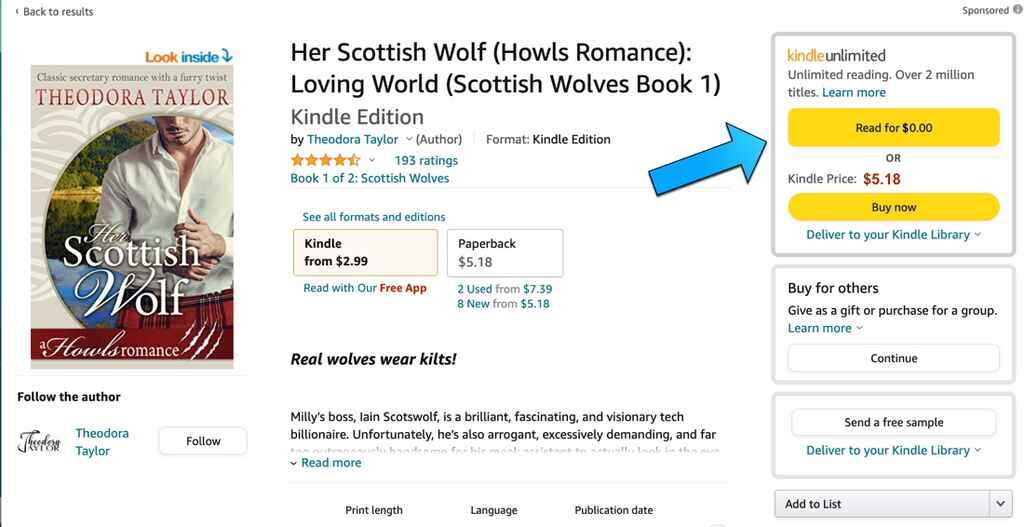
In the example above, Theodora Taylor’s description starts by hammering home the book's central conceit (Scottish werewolves!) and sneaking in a secondary trope (arrogant billionaire!). Off the back of this, readers who love wolf-shifter books, Scottish settings, or bad-boy billionaires will be compelled to one-click the hell out of this title.
Don’t forget your keywords
As well as describing your book’s exciting premise and communicating its key tropes, you’ll also want to think about Amazon’s search function. Romance readers, more than most, will often search the Kindle Store for tropes and settings that they love. So, when writing the rest of the book description, don’t forget to work in those buzz-words and genres where possible:
If it’s a friends-to-lovers book, don’t be coy; mention that somewhere. If it’s in the same vein as books by another author, name-check them (“fans of Tessa Dare will love Marquis de Sword”), so it has a chance of turning up in their search results. Side note: if you compare your book to other titles or authors, make sure the comparisons are accurate!
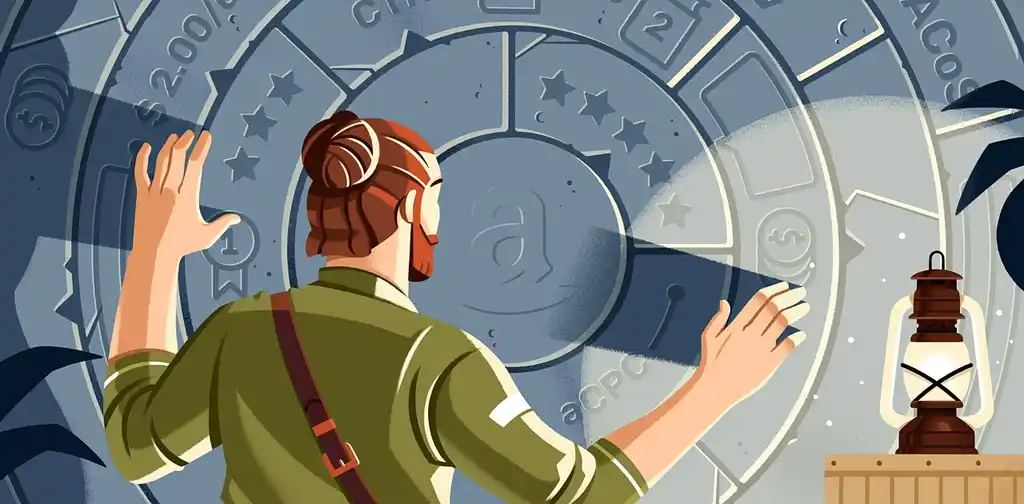
FREE COURSE
Amazon Algorithms for Authors
Learn to optimize your book description, pick categories, and sell more books.
The wait is almost unbearable. It’s almost time to show the world what your book is about — but not before one last piece of business.
5. Create a steadfast marketing plan
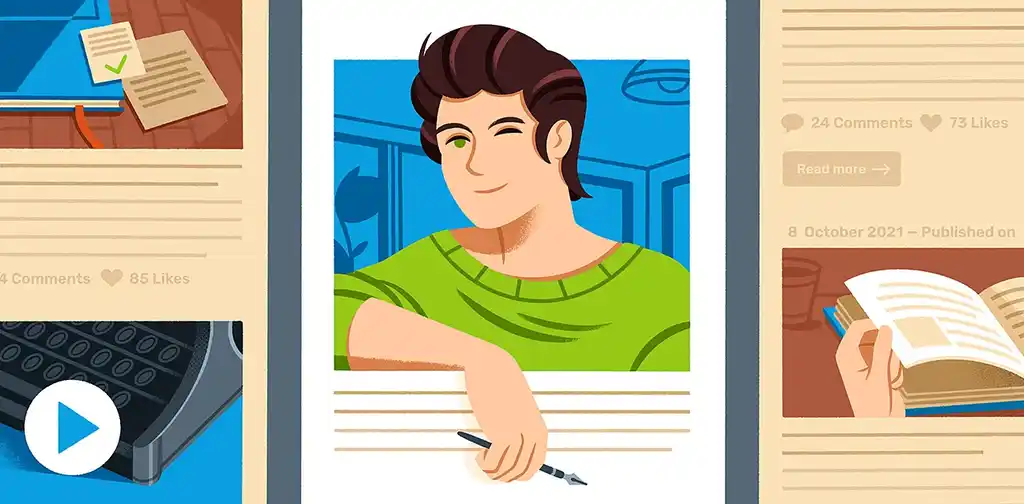
You may have deduced that the market for romance books contains more prospects than most people’s Tinder feeds. However, not every author has the temperament and patience to market themselves and their books, which is where you might find the edge. Before you publish your romance novel, make sure you’ve got a solid marketing plan in place.
Note: Book marketing is not something you can dash off in a few days. Start marketing your book months—not weeks—before your launch date, or you may leave it too late.
To help you with the basics, Reedsy offers plenty of resources to help you market your book:
- Our blog guide on book marketing basics;
- Our free online marketing courses from industry experts; and
- A five-star book on the craft of book marketing (also free).
Each type of audience you market to will open up different opportunities for promotion. Here’s a quick look at some proven romance marketing tactics.
Newsletters
An author’s newsletter mailing list is their #1 marketing asset. Wherever possible, you should be encouraging readers to sign up to your newsletter, so you can engage with them and alert them whenever you release a new book. Readers may be on multiple lists, so don't spam them with too many emails — once a month or quarter is enough.
If you’re publishing a series, you have the option to encourage readers to sign up by giving away your first book for free.

FREE COURSE
How to Build Your Author Mailing List
Learn how to connect with your audience and sell more books with email.
Reviews and ratings
User ratings and reviews are crucial to the success of your release. Without at least 20 four-star or 5-star reviews on its Amazon page, it’s harder to convince readers to take a chance on your book. That’s why many authors, like Shaw Hart, will send out advanced reader copies (ARCs) to a street team made up of readers from her mailing list: “A lot of readers want to help you, so if you ask, you can usually get a few reviews that way.”
There are also services available to help you get reviews in time for your launch, including BookSprout, which can help with user reviews, and Reedsy Discovery, which will let you submit your book directly to reviewers for credible editorial reviews.
Newsletter swaps
Teaming up with authors in the same (or a similar) genre can provide some hefty mutual benefits. In a newsletter swap arrangement, you’ll agree to let another writer send a guest email to your mailing list — and in exchange, they’ll let you do the same to theirs. Swaps tend to work best when both authors have a similarly sized platform. If you have a following of 500 readers, don’t expect Diana Gabaldon to jump at the opportunity to swap newsletters with you.
Free promotions
This is where you offer your book for free on Amazon or any other retail platform to attract new readers. Naturally, you won’t make any money from this — but see this as an opportunity to get the ball rolling on acquiring those all-important user reviews. And, as we mentioned before, if someone reads your first book for free, they might want to pay for your second one.
The most crucial part of running a free promotion is ensuring people know about it. Certain online services can help you promote your sales by notifying their captive list of readers — but the best of these services (like BookBub, more here) can be hard to attain and will require a fee.
Advertising
“There are mountains of romance books in all romance subgenres these days,” says Victoria Aveline, author of the Clecanian series of science fiction romances. “Anything you can do to put your book in front of a reader is valuable. Intriguing copy paired with a professional cover worked wonders for me when I published my first book.”
In indie publishing, the two main ad platforms worth their salt are Facebook and Amazon. While both platforms will only charge you when users click on your ad, only some of the people who interact with your ad will end up buying your book. Authors like Shaw Hart suggest only advertising once you have a series of books to sell. “I think it’s important that you have more than one book out. Once you hook them, you want to be able to send them to your backlist.”

FREE COURSE
Facebook Ads for Authors
In 10 days, learn to boost book sales with targeted Facebook ads.
Okay, the wait is over. Let’s get this book out there.
6. Publish and start writing the next in your series!
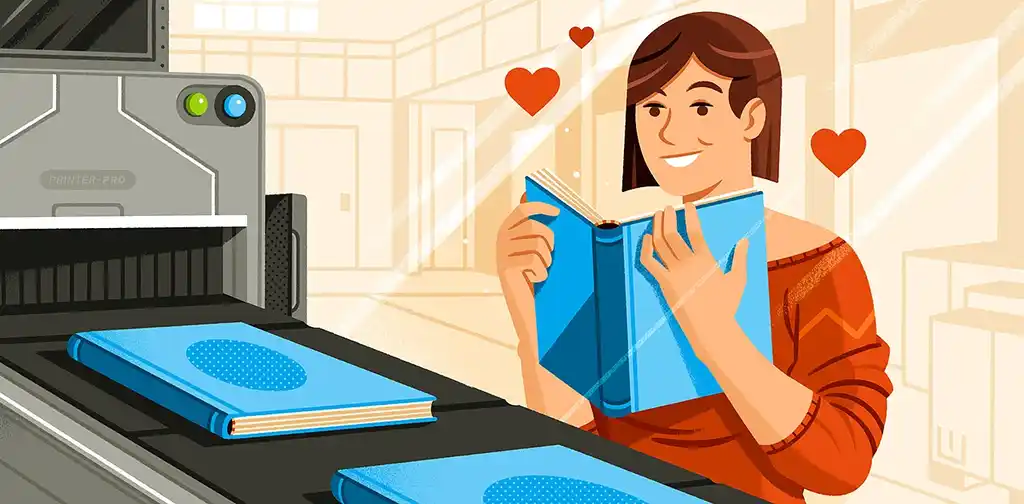
Your manuscript has been edited, formatted, and uploaded to Amazon. You’ve written an irresistible blurb. Your cover looks marvelous. You hit ‘publish’ and your ARC readers are poised to leave their glowing (and honest) reviews of your book.
So what’s next?
Well, you could either sit on your hands and wait for sales to come in — or get busy and start writing your next book.
The key to publishing success in romance fiction is to keep writing. Generally speaking, readers in this genre are voracious — if they like your book, they’ll want to read more. And similarly, if you’ve enjoyed creating characters and a world for your book, wouldn’t it be fun to write a whole series?
Of course, writing a series doesn’t always mean thinking up new stories for characters who have already had their ‘happily ever after’. Authors like Elle Thorpe have found success branching out with stories starring side characters from earlier books, or brand-new characters living in the same world.
“I've built on the success of my original trilogy by making new trilogies in the same world, with characters that cross over. The whole town is familiar to my readers now, and they love the updates on old favorites they get when a new series comes out.”
Q: What strategies can authors use to expand a self-published romance novel into a successful book series?
Suggested answer
Series are a great tool for self-published authors, because it's easier to get a reader to buy the next book in a series than it is to get them to buy a standalone. Then, you can be more efficient with your marketing time and dollars by only advertising the FIRST book in a series and letting the rest sell themselves!
Remember, in romance, series don't have to all follow one character. That's more common in Fantasy or police procedurals. In romance, it's most common to take a fun side character from the first novel and tell their story in Book 2. Starting with a tight-knit group of friends (like members of a band, or a football team, or a book club) can give you a perfect series theme!
Pro Tip! If you know which character you'd like to follow in Book 2, give them a little bit more "screen time" or a subplot of their own in Book 1, so the reader gets to know and love them, and wants to read their story next!
Michelle is available to hire on Reedsy ⏺
By changing the main character in each book. If all of the main characters are linked together somehow, that can make a series much easier to pull off. For instance, they may be sisters, attend the same school, live in the same town, be part of the same club or sports team, etc. This unifying detail will help to keep the series unified since all of the main characters will then all be part of the same established "world."
Melody is available to hire on Reedsy ⏺
Serial publishing is where the money’s at
Apart from the sheer pleasure of writing more stories that readers love, the real reason most successful indie authors write in series is for the ‘read-through’.
Read-through is where readers enjoy a book enough that they’ll seek out the second, third, and fourth books in the same series. “Series sell themselves with organic read-through,” says Theodora Taylor. “And I like any tactic that makes marketing books easier. So I don’t write standalone books anymore.”
As we mentioned earlier, advertising is much more efficient with a series — which is much more crucial as the digital ad space grows more expensive. Almost every author we contacted for this guide believes that writing series are the key to a sustainable publishing income.
Elle Thorpe discovered that a large backlist allows you to sell multiple books with a single ad. “From a marketing point of view, I need that series read-through to make a profit. A few years ago, I could make a profit on my Book One with Facebook ads. Now, I can't. But I can when they read through three, four, or nine books.”
Once you publish your first book, keep going. Even if your first book isn’t setting the romance world alight, you will only get better as you keep on writing. And when you finally break through with a devoted set of fans, they’ll be glad to discover that more of your books are waiting for them.
